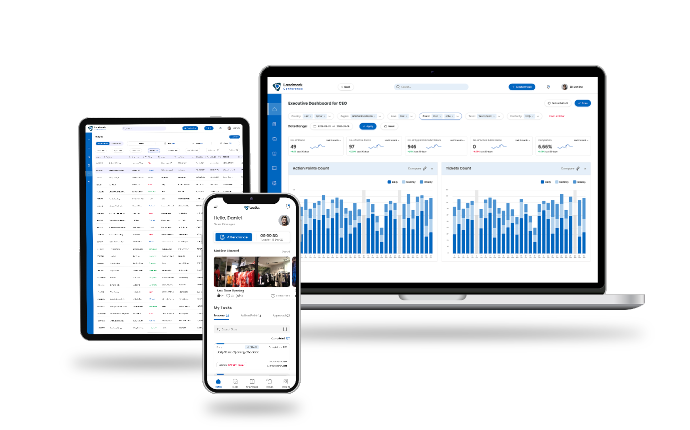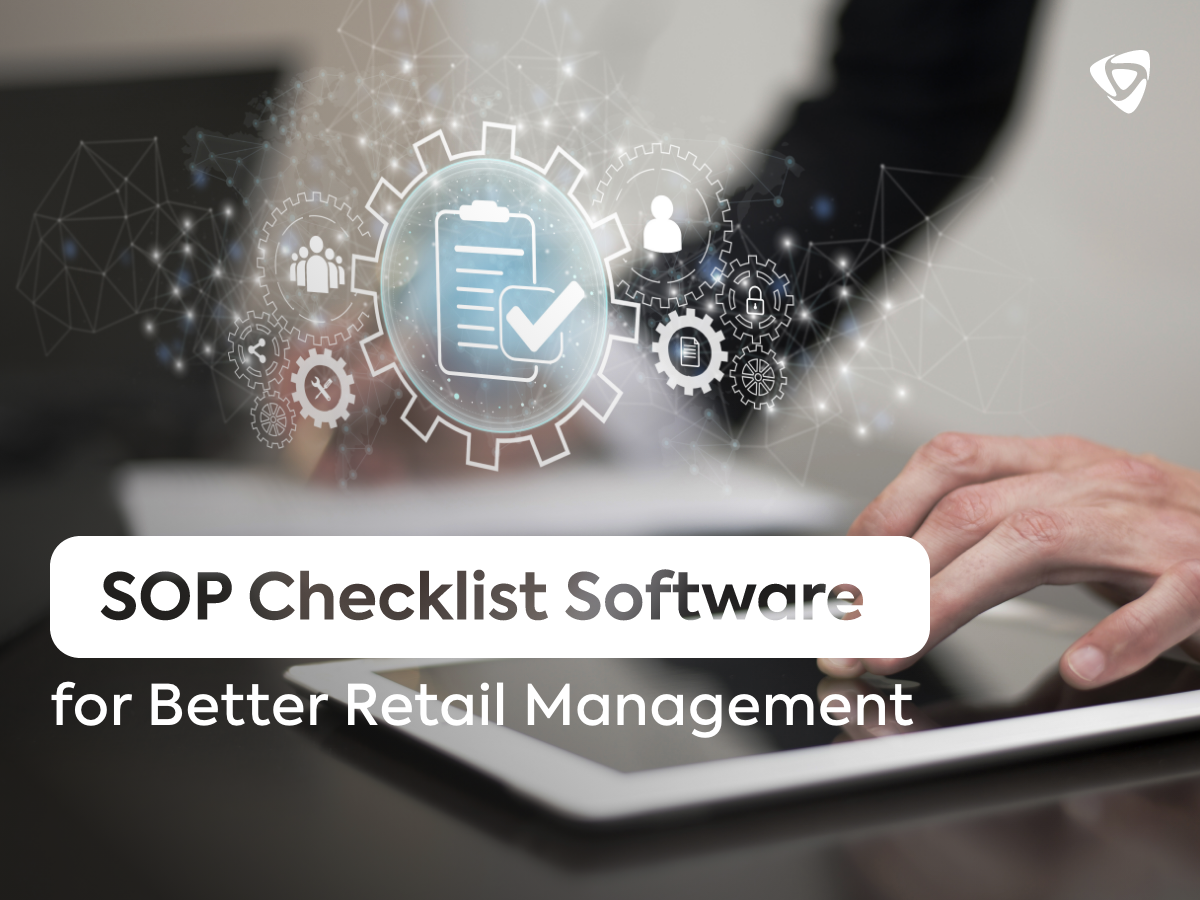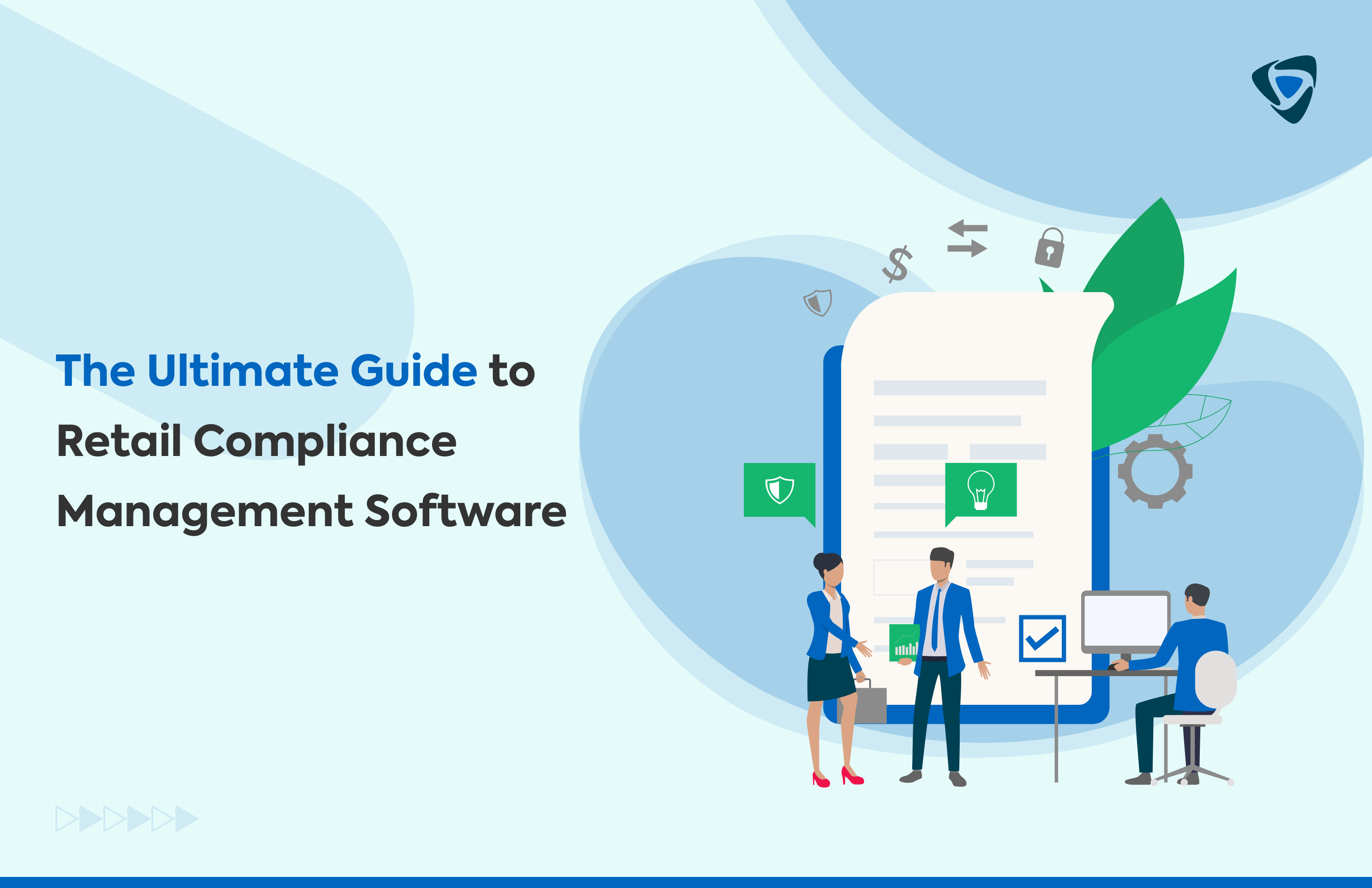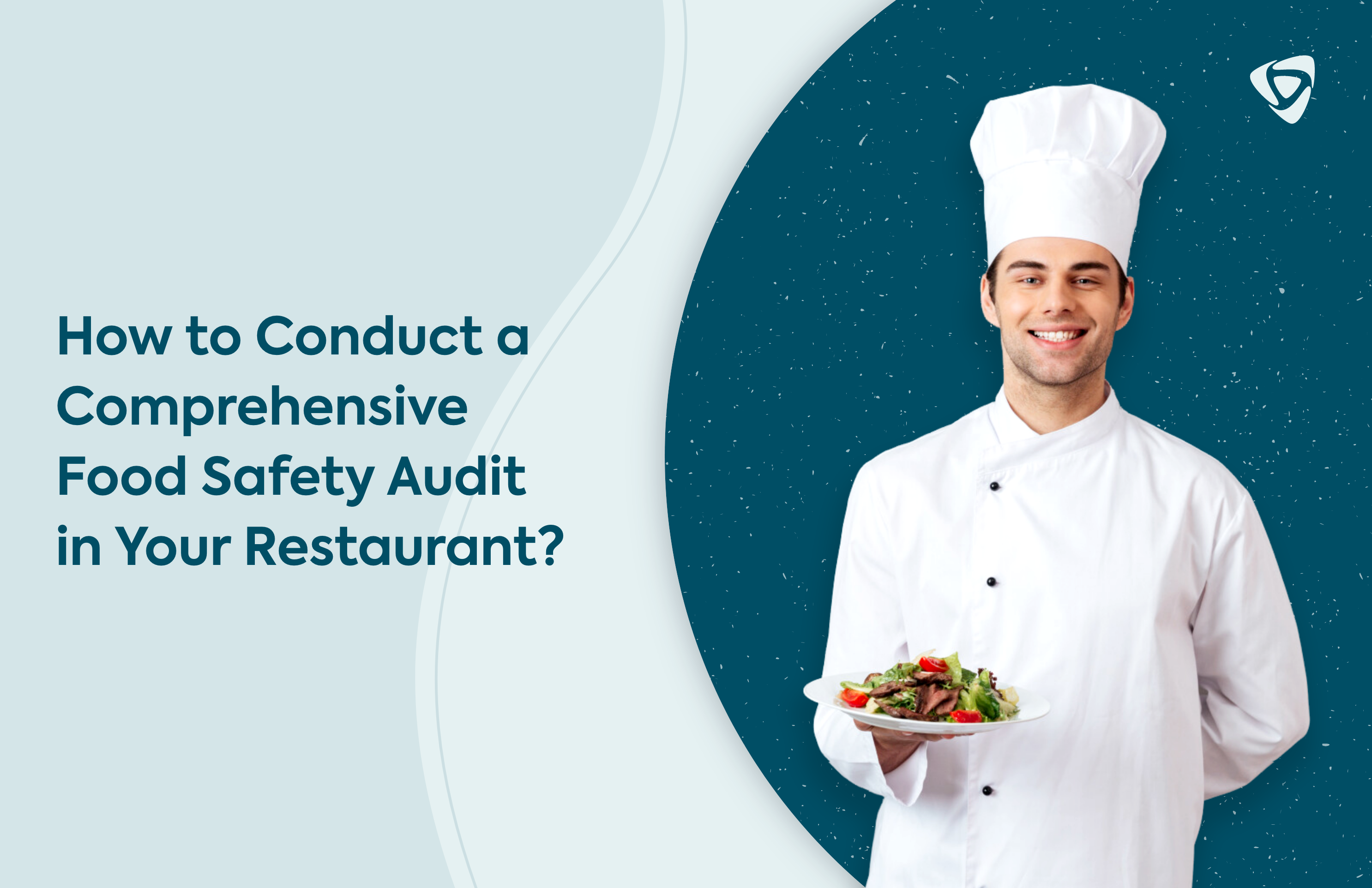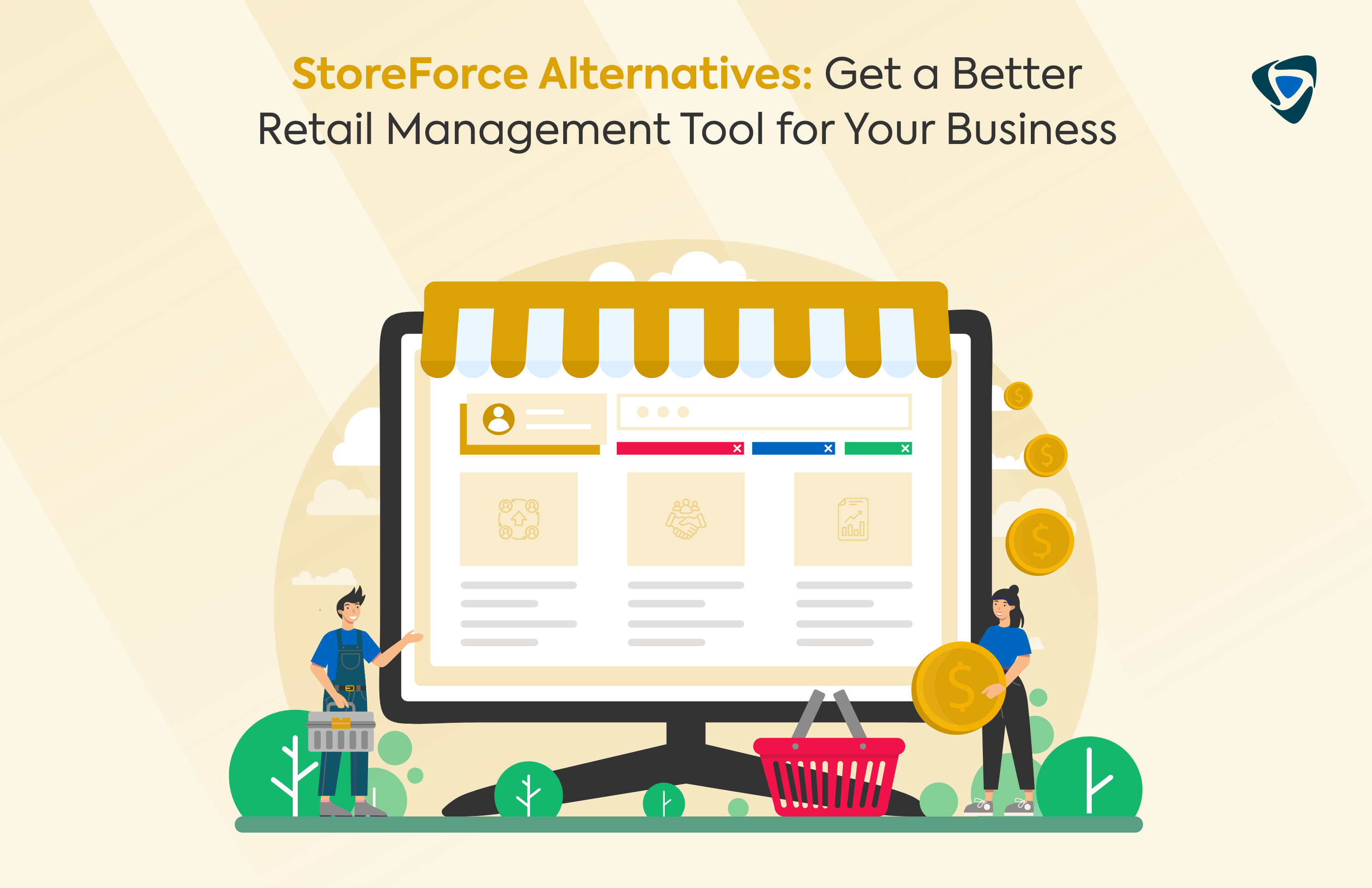Guide
Compliance Audit Software : Simplify Compliance with Cutting-Edge Audit Software!
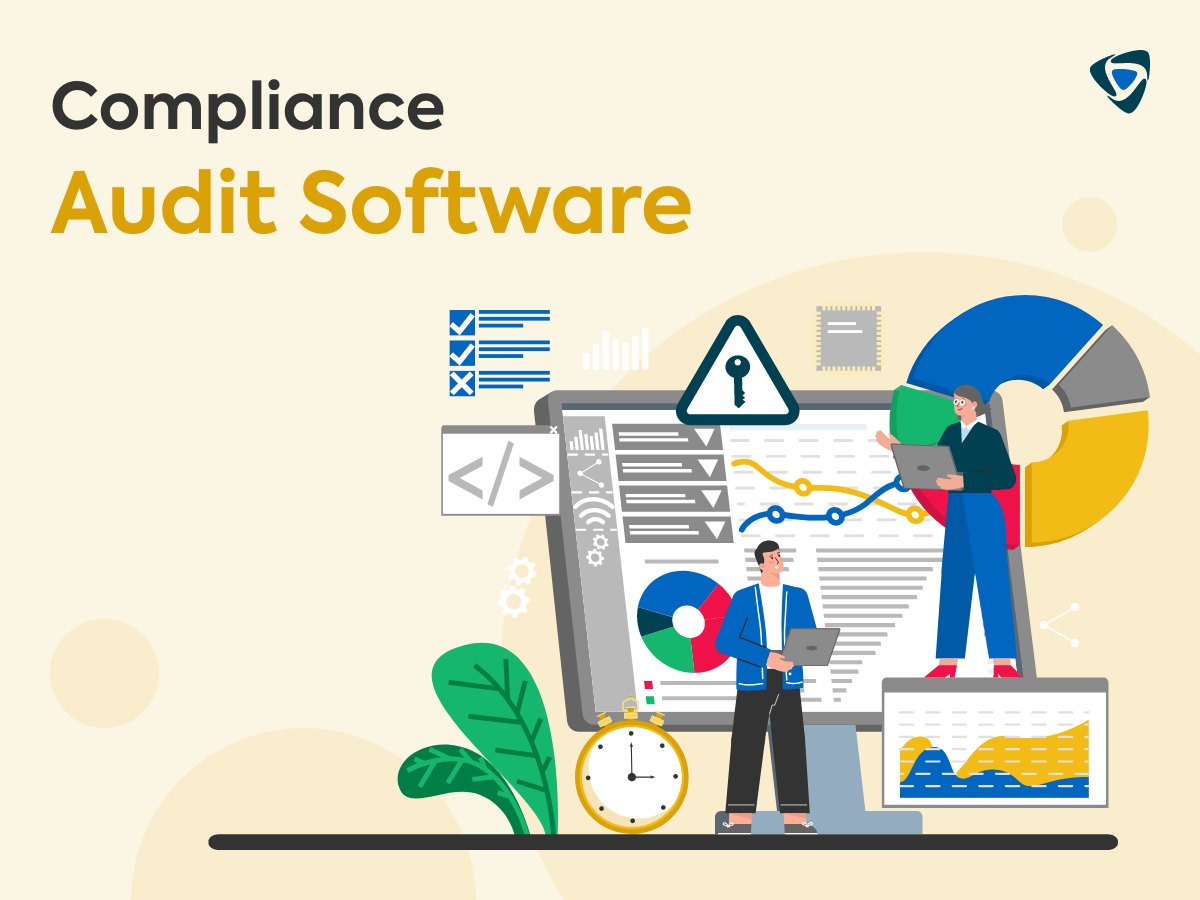
Compliance Audit Software
Compliance audit software is designed to aid businesses in conducting audits that are simpler, organized, and effective. Compliance audit software helps to ensure that your store is keeping up with the rules, regulations, and industry standards. In this technology-driven competitive era, traditional paper-based checklists and endless sheets are not going to cut it. That is why we have compliance audit software like Taqtics.
Continue reading this blog to understand what is compliance audit software, how to conduct an effective audit, why retailers use compliance audit software, what are the different types of compliance audits and lastly how to find the best compliance software for your business. By the end of this blog, you will know everything you need to know about incorporating smart tools for better compliance across all your restaurant or retail business outlets. Let’s begin by deeply understanding what compliance audit software is, how it works, and how it brings a lot of advantages to your business.
What is compliance audit software?
Compliance audits are inspections of audits conducted to help retail and restaurant outlets ensure that the daily tasks, processes, and operations are conducted keeping up with industry standards and internal policies consistently on a daily basis. Simply put as the name suggests, compliance audit software is a system software that is created to conduct compliance audits at multiple outlets easily and effectively. Compliance audit software uses technology to offer you the right smart tools to conduct more automated, efficient, accurate, and organized audits across all your stores.
How to choose the best compliance audit software?
While there are numerous options for compliance audit software in the tech market, you cannot randomly choose one. You need to carefully consider several factors and the unique requirements of your business to narrow down the perfect compliance audit software solution for your business.
- Integrations
Before starting to search for the best compliance audit software platform for your retail or restaurant business, take note of the existing software, platforms, etc. that are already being used. This can help you assess and shortlist the options for the compliance audit software that can integrate easily with your existing software, systems, and tools to ensure streamlining and data flow.
- Smart Dashboards
In this step, you need to assess the features and functionality of the software you have shortlisted. Does the compliance audit software aid in planning and audit checklist creation with automated reports and data insights? Does the software let the management have real-time visibility into all the compliance audit activities? What are the other features and tools that the software adds value to compliance audits?
- Notifications and Alerts
Automated reminder notifications and alerts play an important role in helping to keep your business proactive when it comes to compliance obligations. Choose a platform that will enable you to configure to send automated reminders on important dates and deadlines. As the compliance regulations get updated frequently, automated notifications will help your business stay on top of its game.
- Flexibility, Scalability and User Friendliness
While you are screening through the pool of different compliance audit software, do not forget to ask these questions. Can the compliance audit software accommodate the scalability and growth of your business along with its changing compliance requirements? Does the software enable customization to meet the specific and unique needs of your business? Additionally, ensure that it has a user-friendly interface so that it’s easier to implement with your management and store teams.
- Data protection
The data collected through compliance audits are sensitive and confidential. It is very important to ensure that the data is safeguarded properly. Therefore, you need to choose a compliance audit software system that has tight and strict security features to protect the data privacy and confidentiality of your business.
Apart from these important aspects, you also need to make a list of unique requirements of the compliance audit requirements and ensure that the compliance audit software you select is at par to meet those requirements.
How do you conduct a compliance audit?
Compliance audits are conducted across multiple store outlets to aid your growing business to build a brand that is on par with the industry standards. Let us take a look at how auditors conduct an effective compliance audit.
- Decide who will be responsible for conducting compliance audits
Build an audit team with members who have the necessary skills, knowledge and experience to conduct impactful compliance audits that will contribute directly into the growth of your business. Make sure that you have an auditing team that is impartial, unbiased and committed to conducting honest audits.
- What are the tools you will use to conduct effective audits?
When you are planning to use tools like compliance audit software, you need to carefully choose a platform. For example: to conduct compliance audits in the retail or restaurant industry, Taqtics is one of the best platforms as it is specially designed and well-equipped with smart tools to meet the unique needs of such businesses and its multiple store outlets.
- Audit Plan
Collect all the information needed for your compliance audit such as relevant documents, policies, records, past data reports, training materials, and more. Then, create a detailed compliance audit plan and decide on a timeline to complete the audit. Be clear about the objectives of the audit, assign the team specific roles and responsibilities and equip them with the necessary tools.
- Execution of Compliance Audits across multiple stores
Perform audits in real-time at stores using smart tools. Evaluate the collected data and their compliance with applicable rules, regulations, and industry standards. Identify and note down any areas of improvement, gaps, or deficiencies from the necessary compliance requirements. Enter the data as you collect them to the compliance audit software and in case you are not using a compliance audit software, carefully document the data after you have collected the data.
- Develop a corrective action plan with data analytics and insights
With compliance audit software like Taqtics, you can easily download the automated detailed report, data analytics, and insights of the collected compliance audit information. However, in the traditional system, you will have to spend time creating reports and manually assessing the data. Use the insights found to cultivate a discussion with the management to identify a corrective action plan for individual stores and assign them respectively.
- Follow up and monitor the stores
Usually, a compliance audit is marked closed after assigning the corrective action plan without consistent follow up which makes the compliance audit completely ineffective. Therefore, once the corrective action plan is rolled out for every store, continue to monitor the stores to ensure they are consistently and correctly following the corrective action plan.
These are the six top steps you cannot miss out on to conduct effective compliance audits. Follow them and watch the positive changes they bring to your business.
What is an example of a compliance audit?
There are different types of compliance audits and all these audits contribute to the business to maintain their legal and ethical standards to build their reputation. There are several compliance audits when it comes to the retail and restaurant industry. To name a few; Financial compliance audit, Health and Safety compliance audit, Labor and employment compliance audit, Environmental compliance audit, Food Safety compliance audit, advertising and marketing compliance audit, Ethical compliance audit, inventory compliance audit, and more.
Let us discuss in detail the Health and Safety Compliance Audit. A health and safety compliance audit is a detailed and systematic review of how a store adheres to its health and safety rules, regulations, industry standards, and internal standards. The objective of conducting health and safety compliance audits regularly is to assess how your business store performs to build a secure environment for those working and visiting the store.
Now let us go through an example to see how compliance audit software adds value over the traditional compliance system. Let’s say there is a retail business with multiple outlets that relies on a traditional compliance audit system that conducts compliance audits manually using spreadsheets, paper-based checklists, and email communication. This method is more prone to human errors and inconsistencies. Moreover, the compliance audit data is not carefully saved for accessibility. To fetch data, the auditors will have to scroll through tons of documents or emails. The management cannot receive updates immediately which leads to missing deadlines or prompt issue resolution. In addition, the auditors have to spend a huge chunk of time making reports from the collected data for analysis and review.
On the other hand, when a retail business uses compliance audit software to conduct audits, automation aids the auditors in collecting data and producing reports in a hassle-free manner that is both time-saving and cost-effective. In compliance audit software like Taqtics, you can save all your audits safely in a centralized location from where you can access the audits easily using date, store location, or any other filter. The management can get real-time visibility into the audit status for quick identification of issues and resolving them with automated notifications and reminders on important audit-related deadlines. Auditors no longer have to spend hours of paperwork to prepare reports as Taqtics creates automated reports with data entered into its system and will also give you data analytics and insight in just a click. This frees up a lot of time for auditors to focus on the areas of improvement in each store and other store development activities.
Who uses compliance software?
Various sectors use compliance software for audits like healthcare organizations, financial institutions, educational institutions, government bodies, auditing companies, and more. Let us look at some of the top 3 users of compliance audit software in the industry of retail and restaurants.
- Store Managers
In the retail and restaurant industry, owners employ compliance audit software to assess adherence to rules, regulations, industry standards, and internal controls across their multiple outlets. By utilizing compliance audit software like Taqtics they conduct store assessments to track the adherence of compliance tasks, address concern points, fetch data insights to render corrective actions, and monitor the stores to maintain compliance across their multiple business locations.
- Auditors
Large retail and restaurant chains hire auditors either externally or within their management to conduct different types of audits across their multiple stores. These auditors are employed with compliance audit software to aid them in the effective planning, execution, documentation, and reporting of compliance audits. With the help of compliance audit software like Taqtics, they can easily track the audit finding and download automated accurate reports in just a click to ensure the adherence and performance of store regulatory standards and internal policies.
- Training and Development Teams
The retail and restaurant industry is continuously evolving in trends, competition, technology, consumer demands and more. On top of that, the restaurant and retail sector faces the highest employee turnover rate which demands the business to offer consistent quality training for their store teams often. Only with consistent training and development can businesses upskil their store teams and grow their stores. Businesses use compliance audit platforms to plan, deliver, and monitor the training programs conducted across stores in regards to compliance. The ongoing and consistent training helps the store teams to be thoroughly informed on rules, regulations and industry standards.
These are the 3 topmost users of compliance audit platform software when it comes to retail and restaurant businesses. Compliance audit software helps retail and restaurant businesses to save cost and time with the benefit of conducting more effective and accurate audits with automated data insights.
What is the type of compliance audit?
As we mentioned above, there are many types of compliance audits when it comes to retail and restaurant business like inventory compliance audit, financial compliance audit, labor compliance and so on. Let us take a look at the 3 most important types of compliance audits.
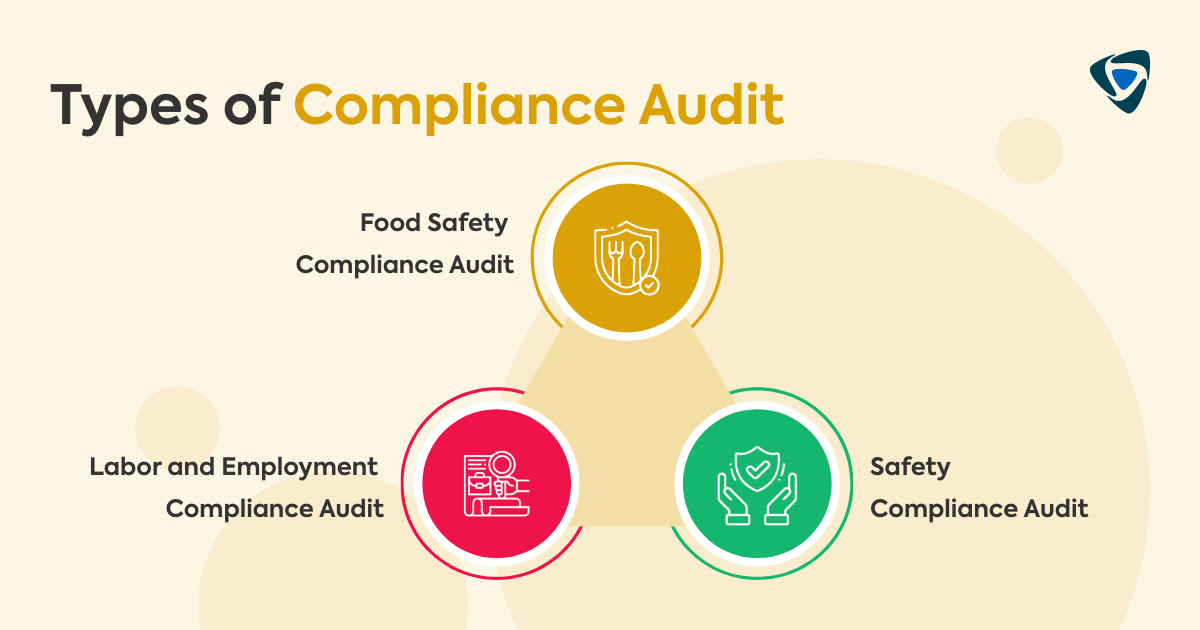
- Labor and Employment Compliance Audit
Labor and employment compliance audits took its place in the restaurant and retail industry to ensure that all the businesses are adhering to the labor rules, hiring practices, compensation and other regulations at the store level. These audits are conducted to ensure all the labor standards are being maintained across your multiple stores to protect the rights of your store team members.
- Safety Compliance Audit
Safety compliance is crucial to your retail or restaurant business as these audits will ensure that all your store outlets are complying with the safety standards of the different aspects of safety and security. The strict and complete compliance to safety laws and regulations helps to build a secure environment for your employees and consumers. This builds that trust and loyalty between your consumers and your business.
- Environmental Compliance Audit
As we know, protecting our environment and conducting businesses in a more sustainable way is the social responsibility of any business. Environmental compliance audits focus on adherence to environmental regulations and standards across your business chains. This compliance audit takes a look into the areas like waste management, pollution prevention, water usage, electricity usage, and other such aspects of your business store outlets.
These types of various types of compliance audits are conducted by the businesses to ensure that their store functions and operations are adhering to the rules and regulations. The proper, consistent and sincere adherence to these laws also helps businesses to build a great reputation and loyal customer base.
 Schedule A Demo
Schedule A Demo 


